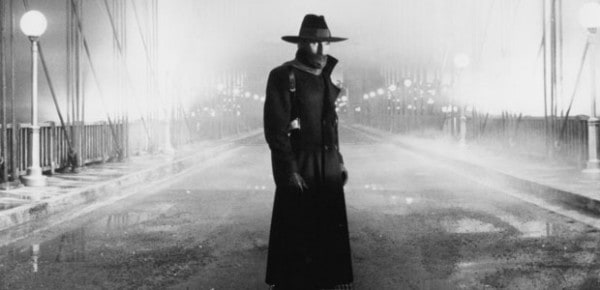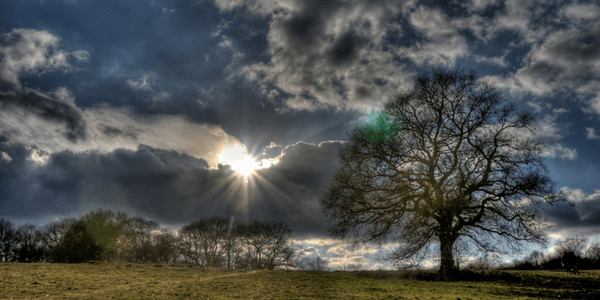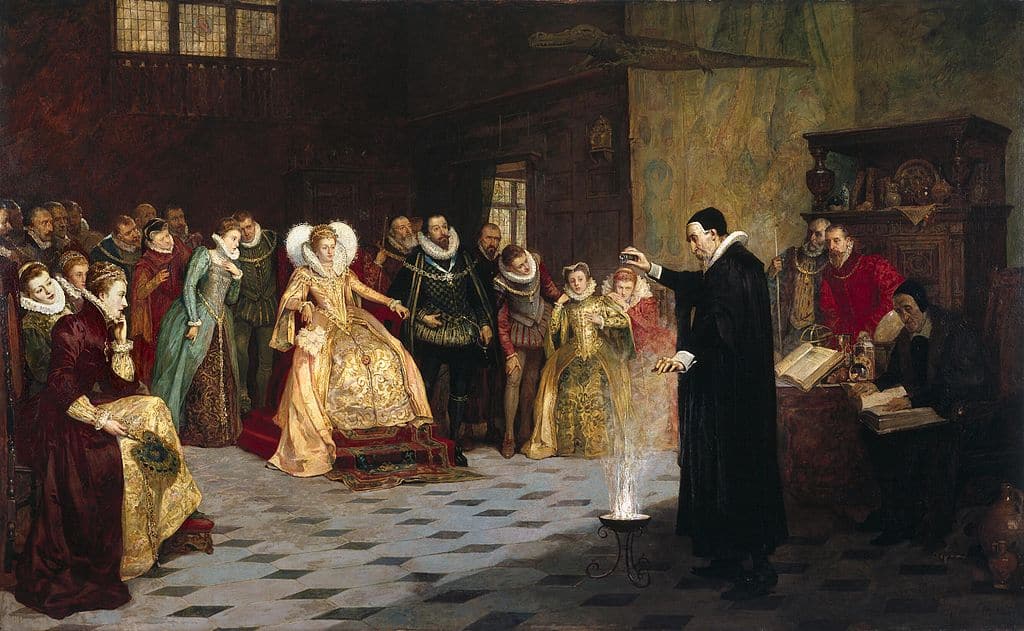 “Occultnik” is a term coined by Psyche, our editor-in-chief, to affectionately refer to people with an interest in magick or the occult, who “participate or geek on occulture.” Back in the spring, Psyche posted their “Occultnik Manifesto” in response to some discouraging trends they had been noticing in occult circles online and to outline the principles we embrace here at Spiral Nature.
“Occultnik” is a term coined by Psyche, our editor-in-chief, to affectionately refer to people with an interest in magick or the occult, who “participate or geek on occulture.” Back in the spring, Psyche posted their “Occultnik Manifesto” in response to some discouraging trends they had been noticing in occult circles online and to outline the principles we embrace here at Spiral Nature.
Using that post as a jumping-off point, I began to pull together a collection of posts to create a sort of Beginner’s Guide to Occulture. Whether you’re a newcomer to the site, a frequent contributor, a seasoned occultnik or someone who’s curious and just testing the waters, this occultnik primer is for you. Our hope is you’ll discover something new and interesting here, whether it’s about occult history, challenges the community is navigating today, or perhaps another book or resource to explore.
And if you’re a concerned friend or family member of a budding occultnik, who’s stumbled onto our site looking for more information, we hope this guide will help persuade you that we’re not the scary sorts of people you might be imagining.
What we stand for

An Occultnik Manifesto
By Psyche
We occultniks have obscure interests in weird topics that have largely gone out of fashion with the turn of the previous century, and practice things that, at times, seem downright anachronistic. Yet there are those within the fold who snipe at each other and belittle one another’s practices, as if our collective positions aren’t tenuous enough. It’s long past time we learn to embrace our passions, rather than fear the judgement of our peers for expressing excitement.
Occult history
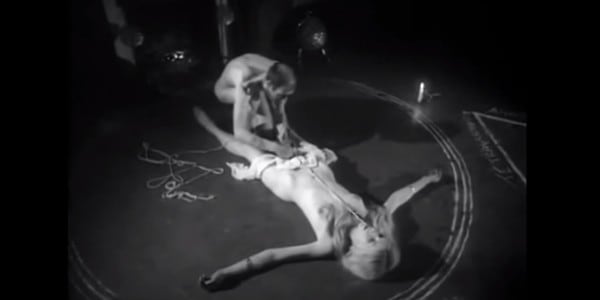
Iconic occult documentaries of the ’70s
By Hathormetic
There’s a certain something about occult documentaries made in the 1970s. Maybe it’s the style — the colours and tones are rich and vibrant and the wardrobe has a certain vintage feel that I love. Or maybe it’s the content? Interviews with well-respected founders of contemporary traditions and footage of rituals conducted in spaces that I can only dream of visiting give me access to a time and place that no longer exists.
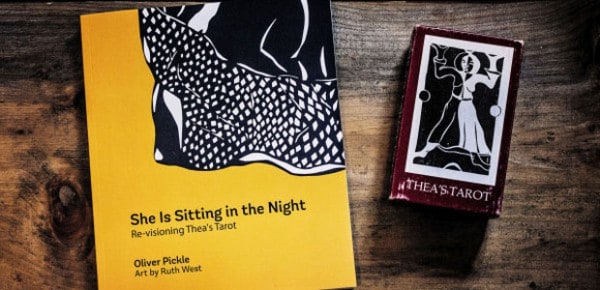
She is Sitting in the Night: Thea’s Tarot is really gay
By Hathormetic
On 9 July 2015, Montreal’s Metonymy Press, along with Toronto’s Canadian Lesbian and Gay Archives (CLGA) celebrated the Toronto launch of Oliver Pickle’s She is Sitting in the Night: Re-visioning Thea’s Tarot.
Rima Athar — a friend of Pickle and key actor in the She is Sitting in the Night project — knew that the tarot was a tool used to explore human and personal experience. However, she was frustrated with imagery which reflected “hierarchical European monarchies, […] themes of conquest and war, dogmatic Christian religious orthodoxy, and moral overtones.”1 Hungry for alternatives, she began her online search for an explicitly lesbian-feminist tarot deck.

Four Thieves: From medicine to magick
By Anie Savino
The legend of the Four Thieves blend is shrouded in history and myth. Four Thieves vinegar is an herb-infused vinegar used for preventing and treating infection, with garlic usually as the main ingredient, as well as cloves and lavender. Since the 1940s it has been common to find a blend of essential oils listed as Four Thieves, often credited to aromatherapist Jean Valnet of France.2

How well do you know Pamela Colman Smith?
By Psyche
Our August 2014 poll tested your knowledge of Pamela Colman Smith (1878-1951).
Most of you knew that she illustrated the Rider Tarot (89%), more than half of you knew she was a member of the Golden Dawn (51%), and some knew her nickname was Pixie (40%), that she wrote and illustrated other books (40%), but only a handful of you knew she lived in Jamaica (37%).
Biography

Three great occult biographies
By Psyche
Biographies are a lot of fun. While I like getting to know a person through their works, learning more about the circumstances that produced them lends additional weight to certain turns of phrase, and often frames ideas in contexts not previously considered.
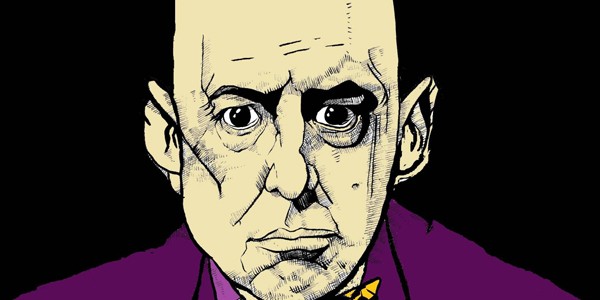
Crowley, by John Moore
By Psyche
Aleister Crowley was an Edwardian magician and founder of a new religious movement, Thelema. He was infamously described by the British press as “the wickedest man in the world.” A lot has been written about Crowley the man, there have been a number of biographies, and several introductions to his works, such as Richard Kaczynski’s Perdurabo, but I can’t think of another book that’s taken quite this approach.

Sexual Outlaw, Erotic Mystic by Vere Chappell
By Psyche
Described as an anthology embedded in a biography, Sexual Outlaw, Erotic Mystic contains most of Ida Craddock‘s published writings edited, annotated and placed in context by Vere Chappell.
Ida Craddock was a 19th century American sexologist, feminist, and mystic who was persecuted by Anthony Comstock’s Society for the Suppression of Vice. Her contribution to conventional sex reform, and her mystical writings on sex with spiritual beings are exceptional for the period.
Occulture and the issues
Sexism in contemporary occulture
By Psyche
Sexism is a topic that came up in a forum I recently started participating in. None contested that it was endemic in occulture, but few seemed interested in exploring why this was.3
I know women who have been asked “who are you here with?” when they attended events. Several have had men try to “explain” technical points to them, unprompted. In my own experience, at a public gathering, after choosing a stone to represent an element, I overheard a man complain that I should not have been “allowed” to choose Fire.
When is it cultural theft
It is, as I noted previously, an inevitability of working with pop culture symbol-sets in magick, that a certain amount of cross-cultural symbolism happens. Often this is condemned by the more purist practitioners as cultural theft; views on this across occulture vary, and the debate is far from over.

Reclamation after cultural appropriation
By Donyae Coles
Discussions on cultural appropriation are greatly focused on simply not doing it, which needs to be addressed, but what about after something has already been appropriated?
Imagine this: You meet someone new through your circles. You get along with this person. Then one day, you notice they’re wearing a swastika. Maybe it’s a subtle symbol on their clothing or a piece of jewelry. You point it out to them, sure they just didn’t notice but then they say that no, they noticed and it was important to their spiritual practice. Now you’re concerned your new friend is Nazi and are second guessing everything about them.
Bringing race to the table, ed. by Crystal Blanton
By Anie Savino
A striking collection of essays, current and diverse, Bringing Race to the Table: Exploring Racism in the Pagan Community is a work of dedication and power. Crystal Blanton, author, editor of two previous books on the topic of diversity, Patheos blogger, Wild Hunt contributor and social worker — in addition to a priestess and witch — delivers a must-read text in conjunction with her two coeditors, Taylor Ellwood and Brandy Williams.

The Columbine Effect, by Beth Winegarner
Every generation of teenagers has grown a little wilder and a little more transgressive as society becomes increasingly complex. Teenagers are attempting to find themselves and a supportive peer group while navigating a society that is more socially active and integrated on levels we have never experienced before. Beth Winegarner writes a thought-provoking and well-researched piece highlighting teenage angst and shedding light on some of the occult practices that have been tarnished by bad media coverage on the heels of incidents like the Columbine shooting.
Think there’s something we missed? What other topics would you like to see compilations on? Do you have a great idea for an article we should publish?
- Oliver Pickle and Rima Athar with art by Ruth West, She is Sitting in the Night: Re-visioning Thea’s Tarot, Metonymy Press, 2015, p. 9 [↩]
- Jean Valnet, The Practice of Aromatherapy, 1980. [↩]
- See also, Psyche’s article Sexism Revisited. [↩]



